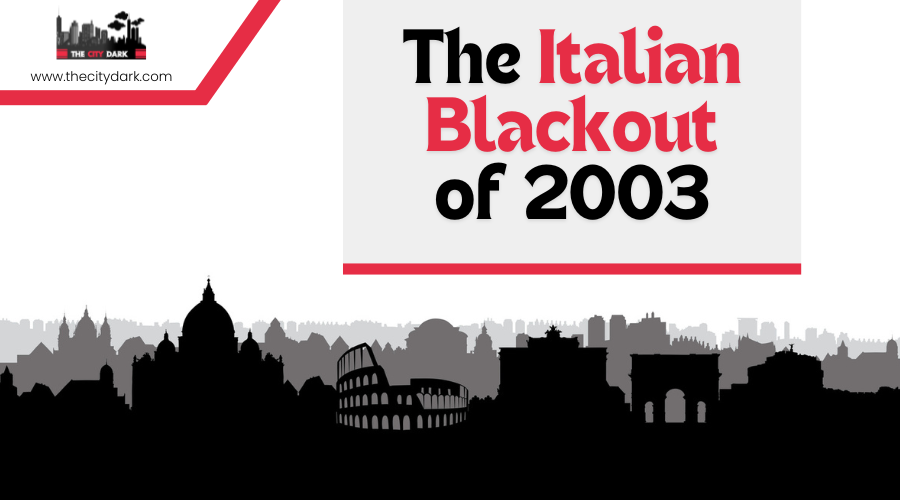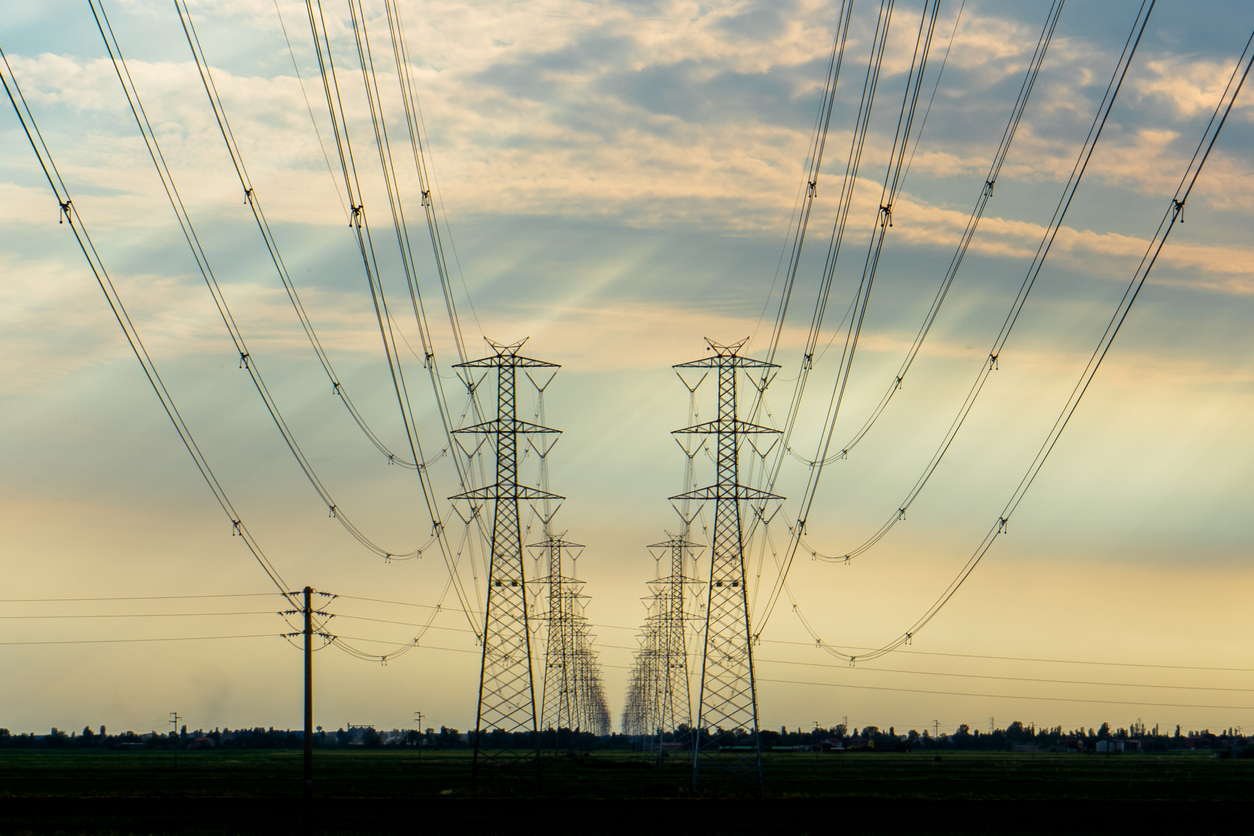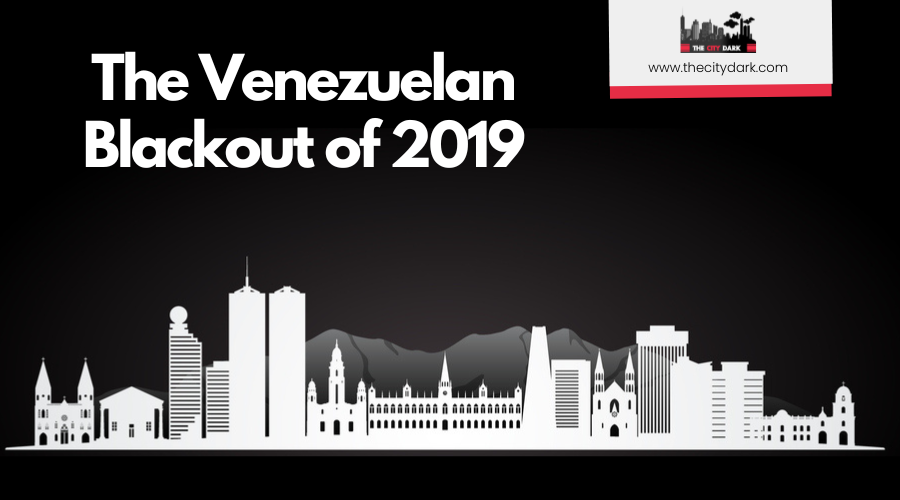The Italian Blackout of 2003

Imagine being one of the 57 million residents suddenly plunged into darkness on September 28, 2003. The Italian Blackout, initiated by a tree coming into contact with a power line, spiraled into a massive power outage that halted trains and stranded over 30,000 passengers. You might wonder how a tree could trigger such chaos or how authorities managed to restore power to most areas within eight hours. What unfolded during those critical hours, and what vulnerabilities did this incident reveal in Italy's infrastructure? Let's delve into the sequence of events and the lessons learned from this unprecedented blackout.
Overview of the Blackout
The Italian blackout of 2003 struck on September 28, plunging 57 million residents into darkness at 3:28 a.m. local time when a critical transmission line failed due to a tree flashover. Despite occurring early on a weekend, the blackout's impact was profound. Approximately 110 trains were canceled, stranding over 30,000 passengers.
Grid operators faced a significant challenge in managing the situation. The blackout caused estimated economic losses of around €123.17 million. Key infrastructure sectors, including transportation and healthcare, were heavily affected. Hospitals and emergency services had to depend on backup power systems to maintain operations.
Efforts to restore power began immediately. Within eight hours, electricity was restored to about 90% of the country, though full power restoration took 18 hours and 12 minutes. This incident highlighted the vulnerabilities in the power grid and the need for robust infrastructure to prevent future blackouts. It serves as a stark reminder of the importance of reliable power and efficient grid management for maintaining societal functions and economic stability.
Causes of the Incident
Strong winds uprooted a tree, causing it to contact and fail the 400 kV Lukmanier line at 3 PM. This initial failure set off a chain reaction in the power grid. When the Lukmanier line tripped, it forced parallel transmission lines in France to handle the extra load, leading to current overloads. France's grid operator, RTE, reported four successive line failures due to these overloads.
The Swiss grid operator, Swissgrid, failed to recognize the urgency to re-energize the Lukmanier line. This oversight caused the grid frequency to drop to 49 Hz, triggering automatic tripping of generators. The loss of these key transmission lines resulted in intolerable overloads on the remaining lines. Within just 12 seconds after the Sils-Soazza line tripped, the Italian grid was isolated from the European network.
As the frequency continued to drop, automatic load shedding mechanisms were activated to prevent further damage. However, the frequency decay rate accelerated to about 1 Hz/s due to ongoing power imbalances. These combined factors—the tree contact, line overloads, frequency drop, and delayed response—were the primary causes of the blackout, plunging Italy into darkness.

Immediate Effects
As the grid frequency plummeted and the Italian grid disconnected from the European network, the blackout's immediate effects rippled across the country. Approximately 110 trains were canceled, leaving over 30,000 passengers stranded. Thousands found themselves trapped in subway stations during Rome's Nuit Blanche festival, creating chaotic and tense scenes.
The power outage severely disrupted mobile phone networks, making communication nearly impossible and causing significant delays in newspaper publications. Hospitals and emergency centers had to rely on backup generators to maintain critical services, underscoring the blackout's widespread impact.
Operator GRTN worked tirelessly to manage the crisis. Distributed power plants struggled to cope with the sudden demand. Although 90% of the country regained power within eight hours, it took a full 18 hours for complete restoration. Rolling blackouts continued to affect 5% of the population, highlighting the blackout's extensive reach.
Compared to the power cuts in June, this event's scale and disruption were unprecedented. Major outages in the communication network compounded the difficulties, revealing the vulnerability of the infrastructure to such significant disturbances.
Response and Recovery
Immediately following the blackout, recovery efforts intensified to restore normalcy across Italy. Emergency protocols were activated, ensuring hospitals and essential services could rely on backup generators. Significant progress was made in northern Italy by mid-morning and in Rome by lunchtime. However, miscommunication with the Swiss grid delayed the process by over 20 minutes, highlighting the need for better international coordination.
| Phase | Timeframe |
|---|---|
| Initial Phase | 3:28 a.m. - 8:00 a.m. |
| Second Phase | 8:00 a.m. - 12:00 p.m. |
| Full Restoration | 18 hours total |
| Service Interruptions | 1.5 - 18 hours |
The initial phase of restoration spanned from 3:28 a.m. to 8:00 a.m., followed by a second phase from 8:00 a.m. to 12:00 p.m. This structured approach was crucial for managing the widespread electricity outage. While the majority of power was restored within hours, full restoration took 18 hours, with service interruptions ranging from 1.5 to 18 hours depending on the region. Swift recovery efforts and the activation of emergency protocols were essential in minimizing the blackout's impact, although the miscommunication with the Swiss grid underscored the need for improved international coordination.
Lessons Learned
The Italian Blackout of 2003 highlighted several critical lessons for enhancing grid stability and emergency response. First, infrastructure resilience is paramount. The blackout began with a single transmission line failure due to a tree contact, exposing vulnerabilities in the power grid's design and maintenance. Strengthening these areas is essential to prevent similar incidents.
Effective communication protocols are another crucial takeaway. Miscommunication between Italian and Swiss operators delayed restoration efforts by over 20 minutes, underscoring the need for clear and efficient communication between interconnected grids.
Implementing automated systems can significantly improve response times. During the blackout, automatic load shedding at a frequency of 49.1 Hz helped stabilize the grid. Such systems can manage load shedding and frequency stabilization more effectively in future incidents.
A comprehensive blackout restoration plan is vital. Financial and technical support for maintaining grid integrity during crises should be prioritized to prevent similar outages.
Public awareness is equally important. The chaos during the blackout demonstrated the societal impact and the need for educating the public on emergency protocols. This ensures that people are better prepared for such events and can respond appropriately.




